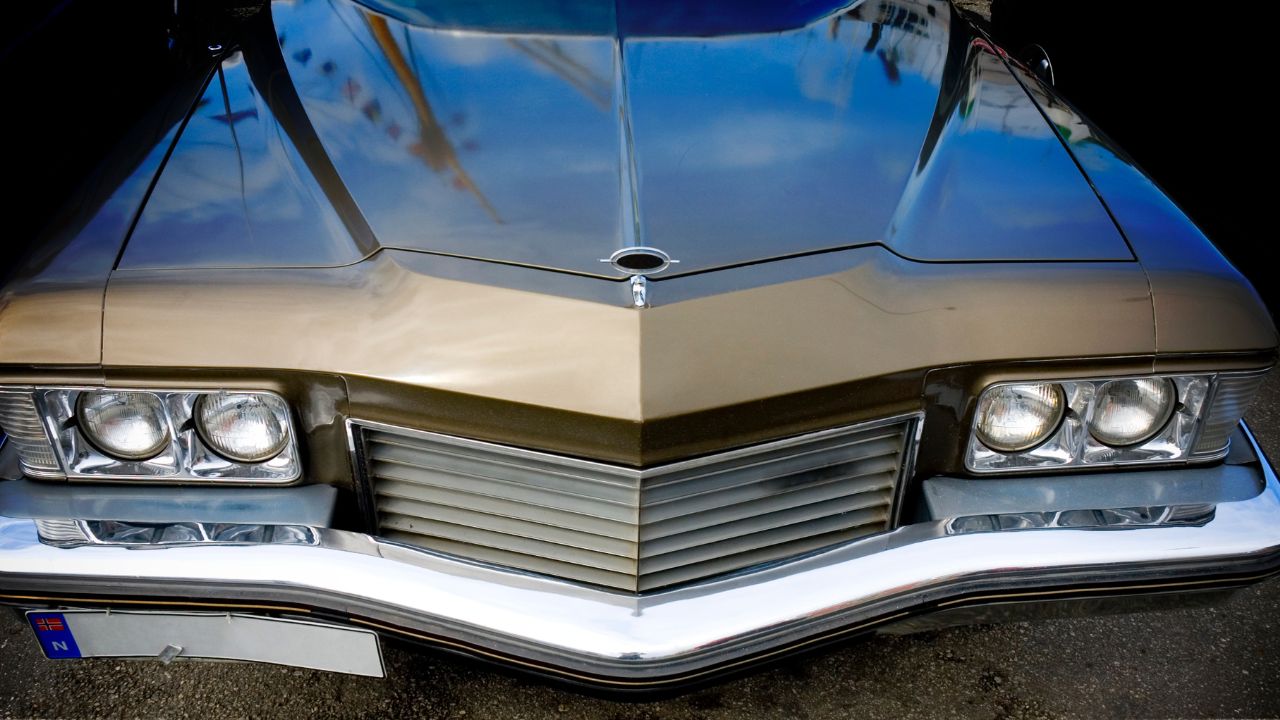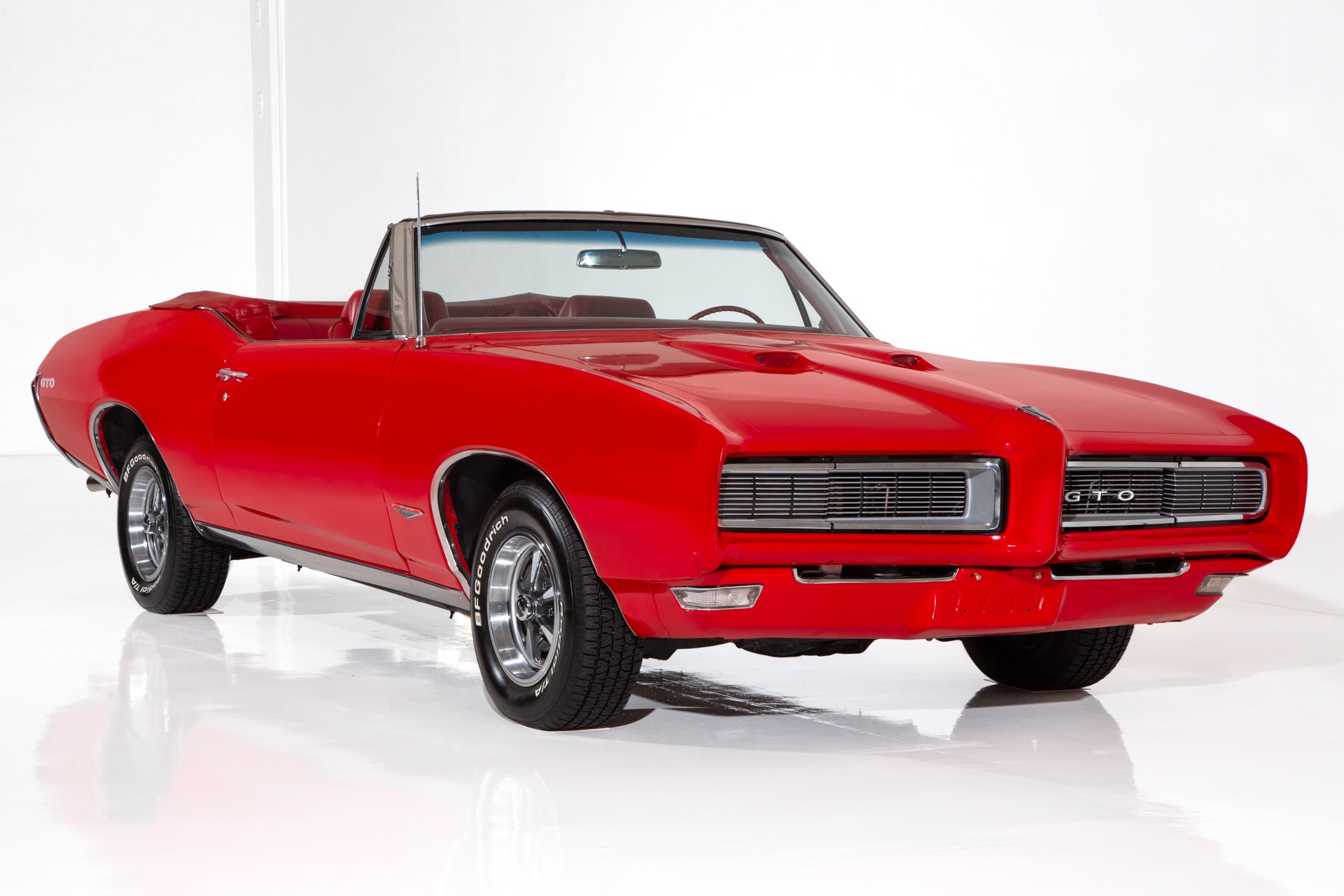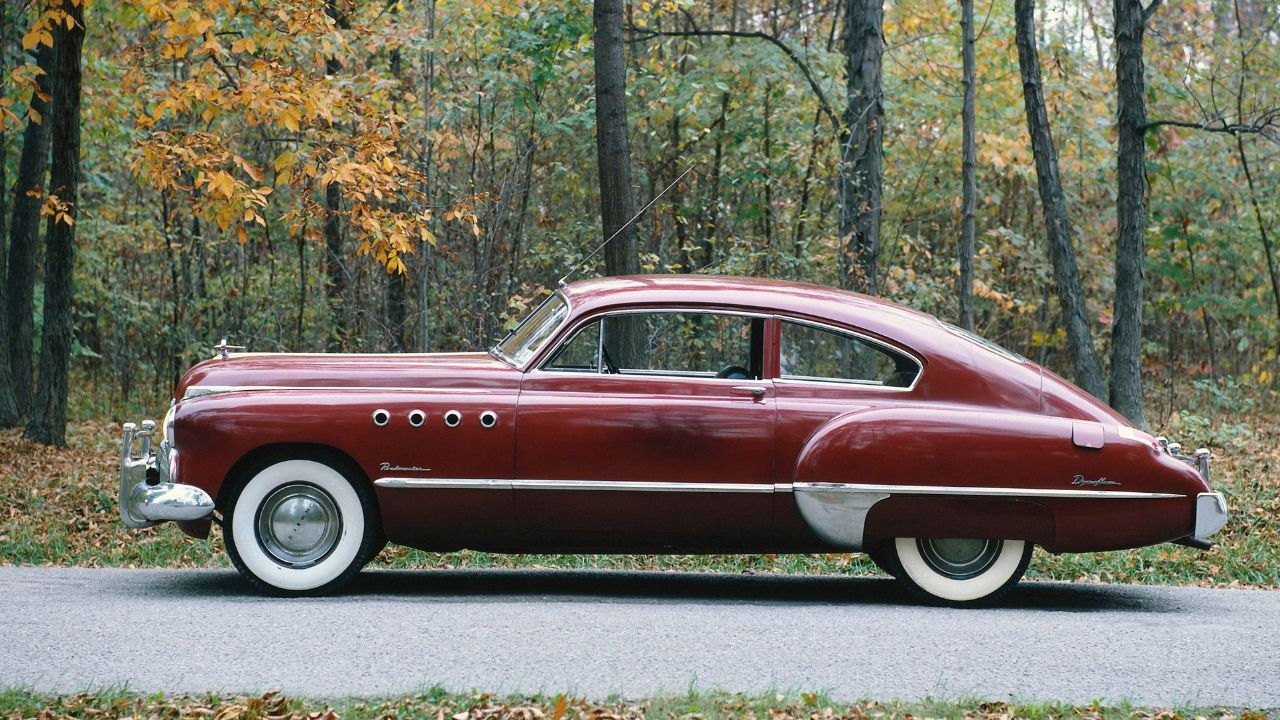
Driving a musclecar is the best way you can experience the thrill of it. You can have fun driving it fast and enjoy the many Pontiac models. These classic American cars include the Pontiac GTO, Oldsmobile 442 convertible, Firebird Trans Am, and Catalina 421. You'll find out what makes these vehicles so desirable. This article will cover these models and many more in great detail.
Pontiac GTO
Pontiac has a long tradition of building classic muscle cars. John DeLorean designed the GTO, a sports coupe. He would go on to design the vehicles in Back to the Future. Although GM had not anticipated the GTO to become a commercial success initially, it was a huge success. With a power output of more 400 horsepower, the GTO is one our best-selling cars.

Oldsmobile 442 convertible
This 1965 Oldsmobile convertible 442 convertible is rare. It has matching numbers and a number of nice features. Although originally a manual-steering car it was restored 10 years later by its previous owner. The car has a 400 ci engine, Posi rear end and front and rear sway bars. This rare car can be purchased for almost $300,000.
Firebird Trans Am
Pontiac Firebird Trans Am was an average-sized car manufactured by Pontiac in 1967 to 1971. The engine's 7.5-liter capacity produces 335 HP and 480 lb/ft of torque. Camaro, Firebird, and Mustang were all designed to compete in the pony-car segment.
Catalina 421
A prime example of this engine's power is the 421 engine found in the Pontiac muscle cars from the 1960s. It had an aluminum intake manifold, Mickey Thompson cylinders, and a solid lifting camshaft. The engine is capable of 410 horsepower and weighed approximately three thousand and thirty-eight pounds. The 440 was coupled with dual four barrel carburetors and a heavy, duty rotating assembly. It had a lightweight flywheel as well as an aluminum intake manifold. The Catalina 421 was equipped as a Carter AFB Carburetor, an Aluminum Tail Section, and an Aluminum Intake Manifold.

Bonneville
After 1981, both the Pontiac Bonneville & Catalina were canceled. Sales were already declining and many people had switched to smaller, more efficient cars due to the second energy crisis. Pontiac also ended production of its 301 engine. Instead, Pontiac's Pontiac division started using Chevrolet engines. These cars are the last models to be made by GM.
FAQ
How long does it take you to become a great mechanic?
To become a skilled mechanic, you need years of experience and practice. Working under the guidance of a professional mechanic is the best way to learn how repair cars.
You'll have to spend time at a garage learning all you can about cars and mechanics. You will need to be familiar with mechanical engineering books about mechanics, car design, and other topics.
You will also need to go to auto school.
The most important thing to do is start early. Do not wait to learn automotive technology. Start studying automotive technology now to become a mechanic.
How long does an automotive course take?
An automotive course lasts 3 years.
The first year is dedicated to theory and learning about cars. The second year will be spent in practical training. Here you will learn how fix engines, drive and other mechanic jobs. The final year includes a placement at an auto shop. This gives you real-world experience fixing real problems.
Are you a mechanic or a technician? What about part-time study?
Although a degree is not necessary, it can be helpful. Employers will prefer candidates who have completed a degree. This shows you have put in the work and achieved success.
But, this doesn't mean you have to stop working while studying. Many universities permit students to take courses during the summer holidays, and then finish their studies in the fall. Others let students take classes part-time throughout the year.
How long is an apprenticeship for an automotive mechanic?
A three-year apprenticeship in automotive mechanics takes. It includes two years of school and two years as an apprentice. The first year of training is spent in the trade. This includes theory and practical skills as well as safety procedures. This year, you will also learn how to safely and efficiently use tools. After the completion of the first year, you will spend another year on the job training. Here you'll gain valuable experience in different trades. You'll have the opportunity to attend formal courses during these periods too.
The final year of the program is spent gaining qualifications and becoming certified in the field. These include NVQs or National Vocational Qualifications. These are earned after passing exams that cover specific topics in the industry. Additionally, HNCs are Higher National Certificates that cover general subjects such management, customer service, and business administration. Finally, there are City & Guilds certificates that are offered for those who wish to become qualified in certain trades.
How do I prepare for a mechanic apprenticeship?
It is important that you understand the ramifications of your actions. You should be familiar with the mechanics of cars, and how they work. This will help you to plan your first day in the garage.
It is also important to be able to fix small problems like broken lights or tires.
You will be able to diagnose and repair problems yourself.
Also, it is important to know how parts fit together so that you can put them back together.
And finally, you must know how to use tools safely and efficiently.
All these things will help you to become a competent mechanic.
Statistics
- The U.S. Bureau of Labor Statistics (BLS) reports that the job outlook for automotive service technicians and mechanics is expected to decline by 4% from 2019 to 2029. (indeed.com)
- 52% of Mechanics in the United States think their salaries are enough for the cost of living in their area. (indeed.com)
- According to the BLS, total auto technician employment is expected to exceed 705,000 by 2030. (uti.edu)
External Links
How To
How to protect yourself against auto mechanic frauds
Scamming by auto mechanics is a problem that consumers face. Consumers spend an average of $1,500 annually on repairs to their cars. This means that there is plenty of people willing to take advantage. However, if you know what to look for, you can avoid becoming a victim. Here are some tips to help you spot a scammer before they get their hands on your money.
-
Never pay upfront. Paying upfront to someone is a sign of fraud. It is best to ask for payment only after the work has been completed. You can call the Better Business Bureau (BBB) at 1-888-322-8138 if you are unsure if something is legal. They'll give you advice on how to proceed.
-
Ask for referrals. It's a great way to verify that you're dealing directly with a service provider who is trustworthy. Online reviews are also a great way to verify the service provider's reputation. It's important that any company you deal is reputable.
-
Background checks are essential. Background checks are essential for hiring anyone. To check if complaints have been filed against the business, visit the BBB site. Also, ensure that the vehicle's license number belongs to the person who owns the business.
-
Do not be afraid to leave. Sometimes, even if the business appears legit, they will try to con you into paying too high. If you feel taken advantage of, don’t hesitate to quit. There are plenty more businesses to choose from.
-
Avoid "free" services. There are lots of companies that offer free estimates or free inspections. These companies are known for charging exorbitant prices later. Be sure to ask about additional fees before signing anything.
-
Avoid being pressured. If a company offers a great deal, they may think they have the right to charge you less. If you find yourself in a situation where you are being pressured to buy something, it's likely a scam.
-
Make sure you only purchase high quality products. You want to make sure that the repair shop uses high-quality parts. You shouldn't use cheap brake pads if you need them. You should instead go to a shop that is specialized in brakes.
-
Get multiple quotes. It is important to compare prices from different shops. Comparing prices between shops will give you a better chance to find a fair price.
-
Keep track. It is important to keep track all details related to your repair. You should keep track of all details, including receipts, invoices, warranties, and other documentation. Also, keep track of any telephone numbers and addresses you receive.
-
Stay informed